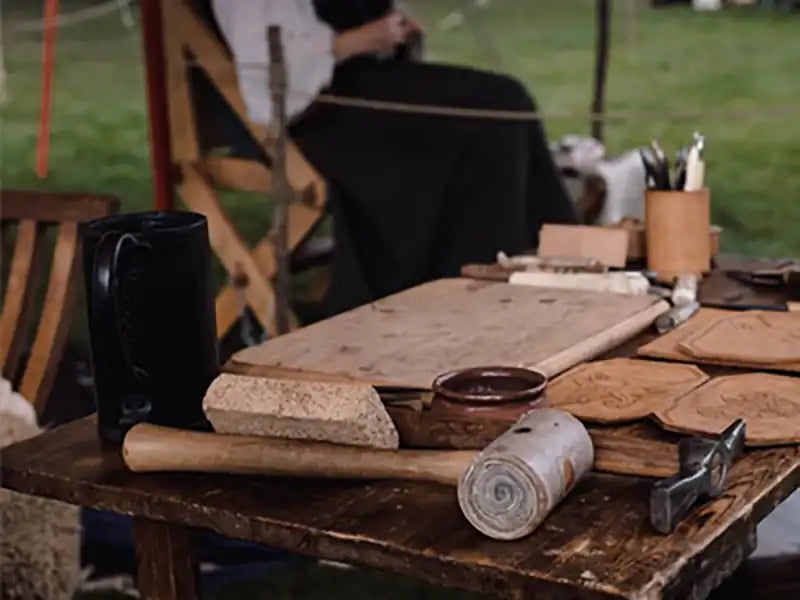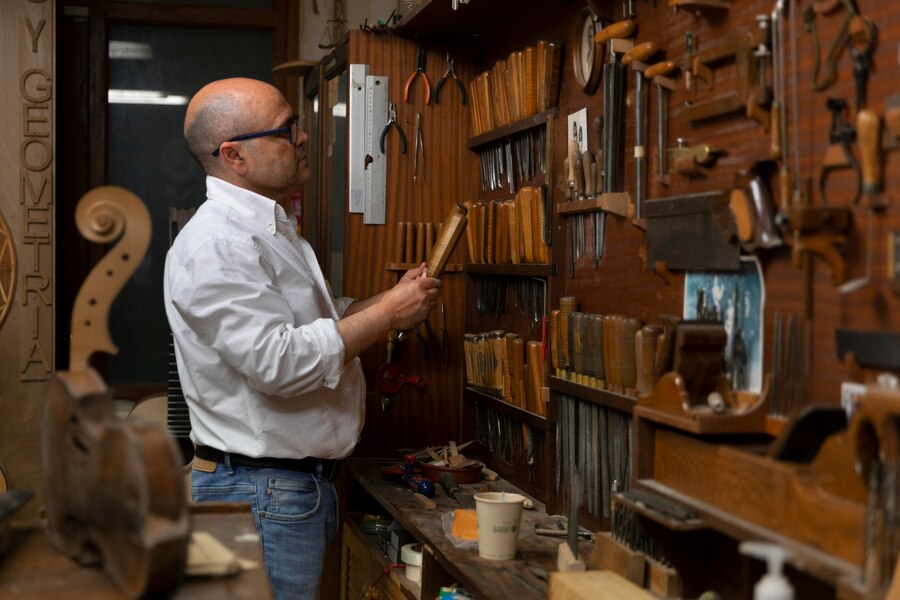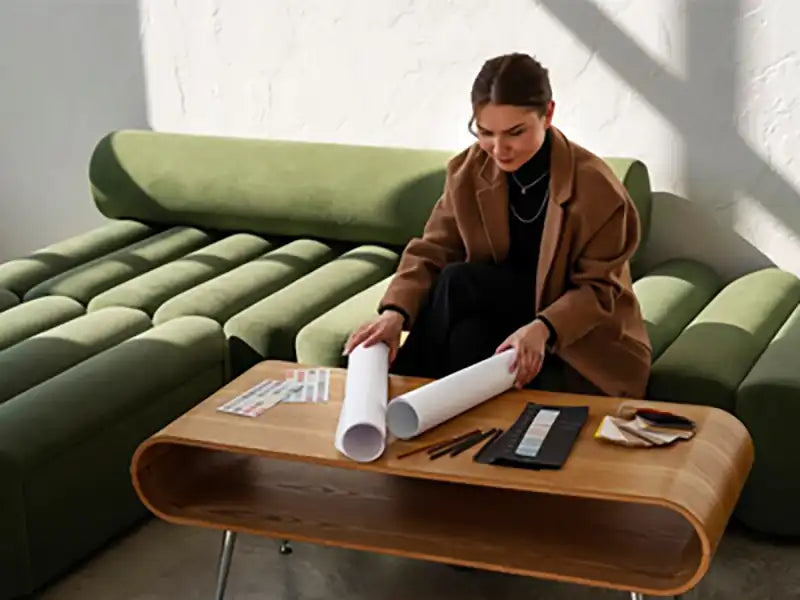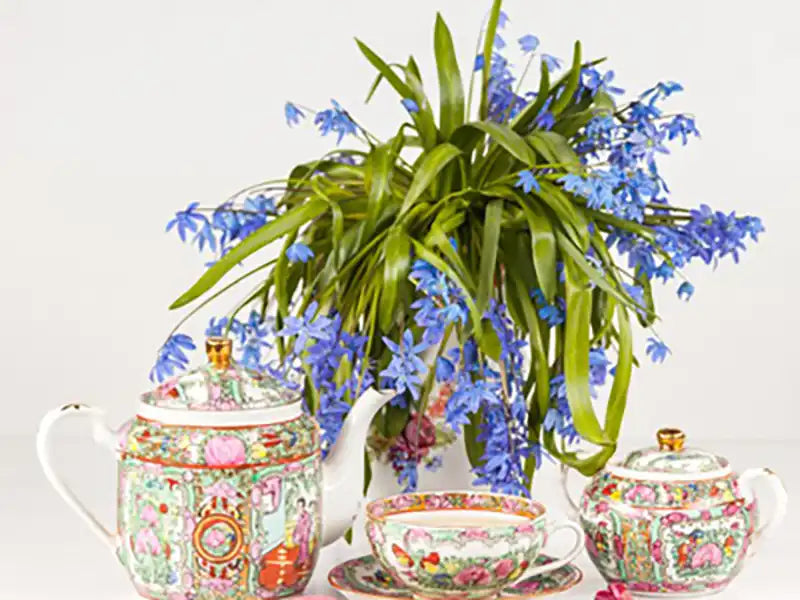The best time to change your orchid pot is when the plant has finished flowering and you no longer have to worry about damaging the flowers. Below you will learn how to replace an orchid pot. However, if you are not sure if it is time to replace the oven pot, check the soil of the pot.
If pieces of tree bark and other components of the orchid soil have changed color from light brown to dark brown and their particles have broken down, you need to change your orchid soil; And every time you notice that the roots of your orchid have sprouted from the bottom of its pot, it's time to move the plant to a larger pot.
Pot change every year:
- Dendrobium orchid species
- Miltonia orchid species
- Paphylopedilum orchid species
- Phalanopsis orchid species
One-year pot replacement:
- Catelia orchid species
- Dendrobium orchid species
- Ensidium orchid species
- Odentiglasum orchid species
Changing pots every 3 years:
- Wanda orchid species
- Symbidium orchid species.
There are different types of orchids, but the main question that arises when changing pots and placing orchids in pots is whether the plant is terrestrial or aerobic. Soil orchids are terrestrial plants and should be planted in the soil. Aerobic orchids, like the popular Phalanopsis orchid, absorb the water and nutrients they need from the air around them, not from the soil. In nature, the roots of these orchids attach to other trees or their bark.
The orchids we grow at home are mostly aerobic and are planted in a soft, oxygen-filled mixture. The mixture used to plant these orchids includes chopped bark, coconut hair, sphagnum moss, tree moss and perlite.
What tools do you need?
- Pruning shears
- A pot that is one size larger than your current orchid pot (3 cm)
- Soil mixture for planting orchids
Disinfect your cleaning equipment before doing anything. After using pruning shears to prune one plant, disinfect it before applying it to another plant so that the disease does not spread among your plants.
Step 1: Remove the orchid from the pot
1- If your orchid pot is plastic, press the walls of the pot a little by hand to separate the soil from it and the roots and the soil around them will be molded. If your pot is ceramic or other material that you can not squeeze, wait for the pot soil to dry slightly, then tap the floor and walls with your hand to separate the pot soil from the walls.
2- Spread the newspaper under your arm. Hold the crown of the plant with one hand and pull out the pot with the other hand. If your pot is ceramic, turn it over and grab the crown of the plant with one hand and tap the bottom of the pot with the other hand, this way the plant will come out of the pot.
3- Gently remove the old soil around the roots of the plant with your hand.
4 - Using pruning shears, remove dead leaves and any dead or rotten roots from the plant. These rotten and dead roots will be viscous.
5. Wash the entire root system of the plant with clean water to remove any old soil that has adhered to them.
Step 2: Put the orchid in its new pot
1- Keep your orchid plant from the crown and be careful not to damage the healthy roots of the plant and do not break them. Pour layers of soil into the pot and place your orchid pot in the center of the pot on this layer and then pour soil into the pot with the other hand while holding the crown of the plant with one hand.
2- Gently tap around the pot with your hand so that the soil is inside the pot. Then gently press the soil down with your hand in the pot to keep the plant in the pot. You may need to use a rhizome wire to hold the orchid in the pot.
Step 3: Water the plant regularly
Water your newly planted orchids well immediately so that water comes out of the drainage holes at the bottom of the pot. The new soil mixture does not hold as much water as the old soil mixture, so water the plant more often up to 2 months after replacing the orchid pot.
Make up orchids
Aerobic orchids are mostly grown in pots, although they can also be grown on cork or tree bark. Know that orchids that grow on cork or bark need as much moisture as the air in a terrarium or greenhouse. Of course, Brassavola nodosa is an exception and once a day water spray is enough for it. The best time to start decorating an orchid and place it on a cork or tree bark is when the flowering of the plant is over.
What tools do you need?
- Cork or tree bark
- Fishing line
- Sphagnum moss (optional)
1- To design your orchid, first tie a fishing line around a cork or tree bark and tie tight knots to secure it to your surface.
2- Place the orchid on the bark of the tree and secure its roots to the surface with fishing line. Wrap the thread 4 to 5 times around the roots of the plant and then tie a knot to stick to the bark. Be careful not to damage the roots at this time and do not break them.






